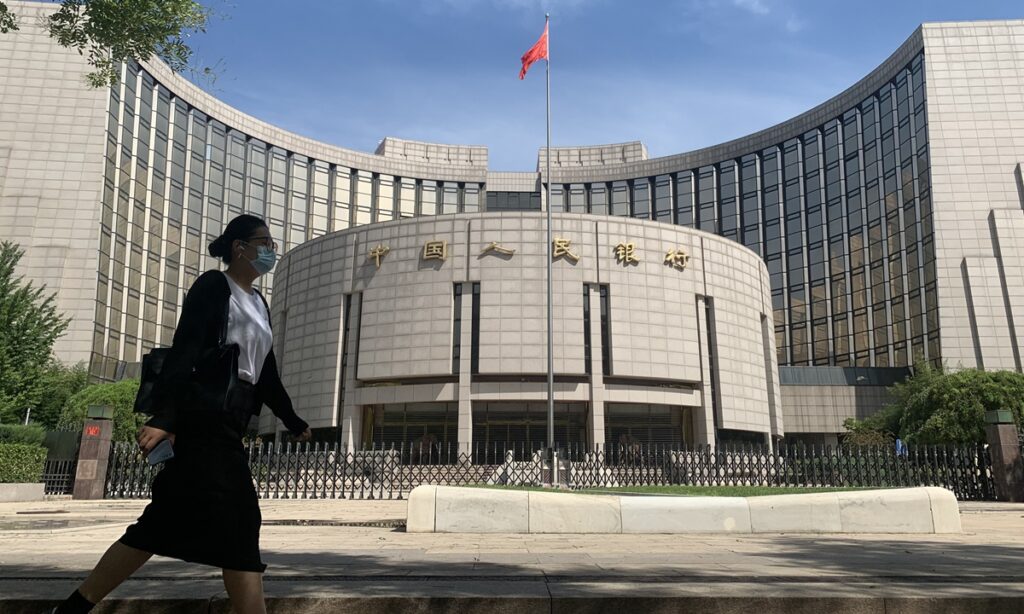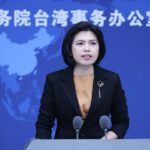Chinese central bank officials on Thursday said that they will continue to deepen market-oriented foreign exchange rate reform and resolutely guard against the overshooting risks of the yuan exchange rate, as the yuan weakened to a new low against the US dollar in recent weeks.
The People’s Bank of China (PBC), the central bank, will continue to deepen reform, and let the market play a decisive role in the yuan’s exchange rate mechanism, tapping the foreign exchange mechanism’s “stabilizer function” in adjusting the macroeconomy and international balance of payments, the central bank said in the second-quarter monetary policy implementation report released on Thursday.
“We will adhere to a managed floating exchange rate regime based on market supply and demand with reference to a basket of currencies,” the central bank said, noting that it will keep the yuan exchange rate basically stable at an appropriate and balanced level, resolutely guarding against the overshooting risks of the yuan exchange rate.
The PBC statement came after the offshore yuan against the US dollar weakened to 7.3 per dollar on Thursday, depreciating about 1,700 pips in the past two weeks, public data showed.
The offshore yuan soared by 400 pips within an hour and briefly strengthened to trade at 7.3 per dollar after 5:30 pm on Thursday.
Zhou Maohua, an economist at Everbright Bank, told the Global Times on Thursday that the mentioning of the yuan exchange rate indicated that the recent yuan fluctuations have drawn attention of policymakers.
Looking at the second half, the yuan exchange rate is expected to maintain two-way fluctuations within a reasonable range, Zhou said, noting China’s continued economic recovery and ample foreign exchange reserves will offer cushion to the yuan, whereas the US dollar will lose momentum as the Federal Reserve ends its monetary tightening campaign.
China’s economy continued to recover and is in a generally recovering trend in the first half of 2023, the PBC said, noting that supportive monetary policy accelerated the continuous recovery.
The central bank said it will keep the foresight, the effectiveness and sustainability of its monetary policies, and create a sound monetary and financial environment for economic recovery.
It vowed to step up efforts in macroeconomic adjustment, and will better leverage the dual functions of aggregate and structural monetary policy tools and firmly support the recovery and development of the real economy.
It also vowed to offer more support to the property sector.
On Tuesday, the PBC unexpectedly lowered key policy interest rates, including that of the medium-term lending facility and that of the seven-day reverse repurchase rate, in an effort to boost economic activities.
Zhou said the PBC’s statement on Thursday may suggest increasing possibilities by the central bank to slash interest rates and the reserve requirement ratio to boost economic growth in the second half of 2023.
China’s broad money supply increased by 11.3 percent year-on-year by the end of June, the report showed. New yuan loans in the January-June period saw a cumulative rise of 15.7 trillion yuan ($2.16 trillion), 2 trillion yuan higher than in the same period in 2022.
The PBC also vowed to guard against and defuse financial risks in key areas, and orchestrate financial support to tackle the local debt issues and promote the reform of small- and medium-sized financial institutions to stem risks.
(Global Times)




